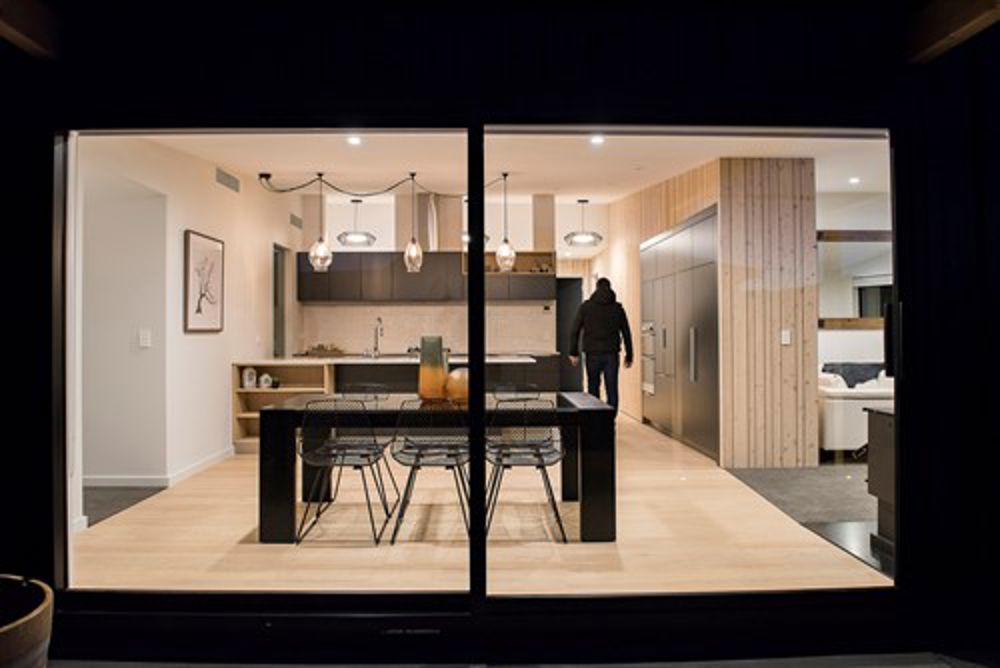-

 A key part of keeping your home warm in the winter and avoiding winter illnesses lies in ensuring your home is well insulated and dry. Condensation on windows can indicate moisture in the air, meaning that dampness could be settling on different surfaces throughout your home.
A key part of keeping your home warm in the winter and avoiding winter illnesses lies in ensuring your home is well insulated and dry. Condensation on windows can indicate moisture in the air, meaning that dampness could be settling on different surfaces throughout your home.Dampness makes homes and buildings harder to heat, and if the consequences of condensation in your home get bad enough, it can cause major damage to the home.
Condensation is caused by a range of household activities which contribute moisture to the air of the home, including cooking, washing and drying clothes, showers, baths, doing the dishes and even breathing.
There are a number of ways to counter the impacts of these activities, and reduce condensation in your home. Below are some of your options:
- Invest some money into fully insulating your home. This includes wall, ceiling, and underfloor insulation. Condensation is more likely to occur on cold, non-absorbent surfaces like windows and mirrors. In a properly insulated home, temperatures will be higher, and thus reduce the likelihood of condensation forming on windows and other surfaces.
- Control the impact of condensation in your home at its source by taking such practical steps as having a window open when cooking or showering and ensuring that extractor systems are installed and used in bathrooms and kitchens when these activities take place. In your laundry, ensure your drier is vented externally or if purchasing a replacement drier consider a condensing style that does not require external venting. Installing a clothes line or drying rack in an external area with cover can minimise the requirement to dry clothes indoors, also contributing to reduction in condensation.
- Double Glazing can reduce condensation on windows as the surface is warmer on the inside of the glass than on single-glazed windows. Double glazing also locks heat from the sun inside the home, reducing natural heat loss via the glass.
- Ventilation is key to the reduction of moisture and condensation in the home, keeping it drier, and easier to heat. Although good quality insulation is a must for new homes, good ventilation becomes more important the more air-tight a home becomes. Ventilation can be achieved by leaving windows slightly open during the day. There are also mechanical ventilation systems on the market, which work to extract damp air from the home and replace it with fresh, dry air from the roof cavity or outside the home. Many of these systems can also warm the incoming air by means of a heat exchange system or tempering heater and work in conjunction with the primary heat source in your home, potentially re-distributing already warmed air. Dehumidifiers are also successful in directly removing moisture from the air.
At David Reid Homes, we pride ourselves on our ability to produce sustainable, warm, and energy efficient homes. Speak to your local representative about how they can help you to achieve a warm, dry, family friendly home.
Four Ways To Reduce Condensation On Windows

Filed under:
- Build Advice